Discover the Best Time for a Sri Lanka Yala National Park Safari: Seasonal Insights and Wildlife Viewing Tips
Plan your ultimate Sri Lanka Yala National Park Safari with our guide on seasonal changes, wildlife viewing best times, and timing your visit for an unforgettable experience.
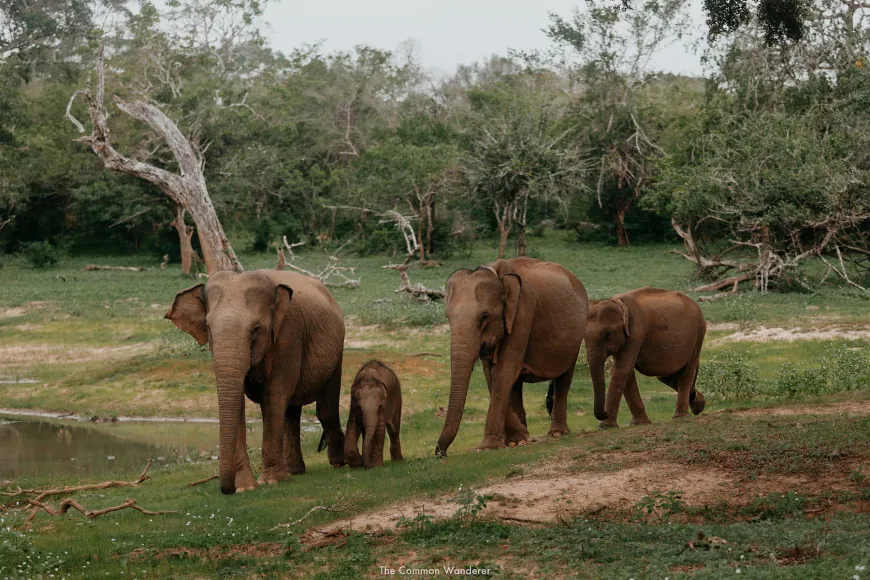
-
Best Time for Yala
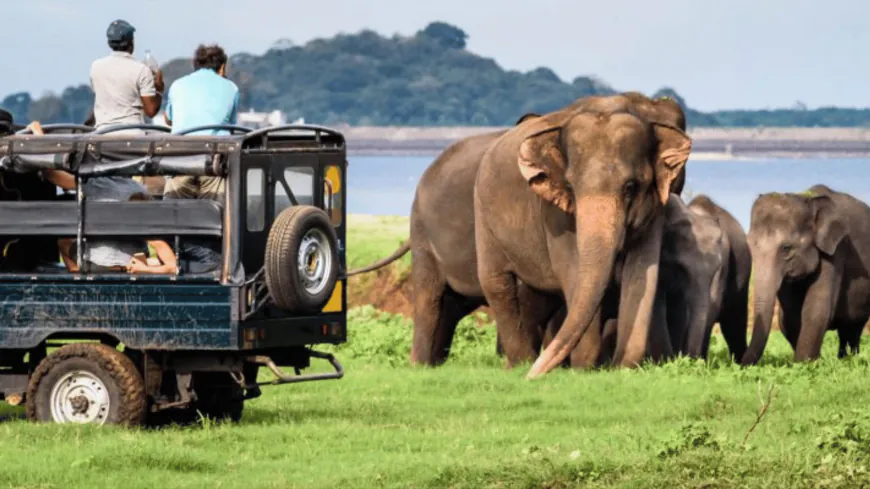
According to wildlife experts, the best time to visit Yala National Park for optimal wildlife viewing is during the dry season from February to June, when lower water levels make it easier to spot animals gathering around waterholes. This period offers the highest chances of encountering the park's diverse wildlife, including its famous leopards, elephants, and numerous bird species.
-
Seasonal Impact on Wildlife
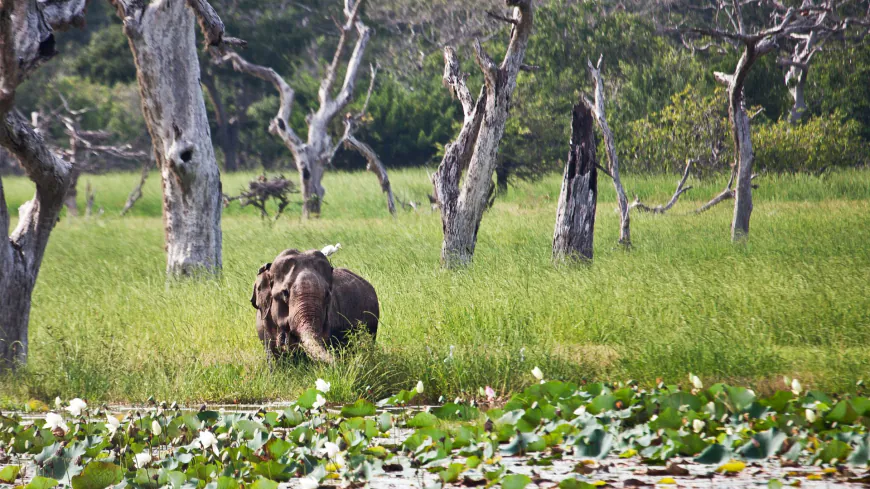
Yala National Park experiences two distinct seasons: a dry season from May to September and a monsoon season from October to January. During the dry season, temperatures range from 26°C to 30°C, with minimal rainfall. This period sees water levels in the park decrease, causing wildlife to congregate around remaining water sources, making animal sightings more frequent. The vegetation becomes less dense, improving visibility for safari-goers.
In contrast, the monsoon season brings heavy rainfall, particularly from October to December. This influx of water rejuvenates the park's ecosystem, leading to lush vegetation growth. While the increased foliage can make wildlife spotting more challenging, the monsoon season attracts migratory birds, enhancing the park's biodiversity. The rain also fills waterholes and rivers, dispersing animals across a wider area. Despite the challenges, the post-monsoon period from January to March offers a balance of greenery and improved wildlife viewing conditions. -
Seasonal Safari Highlights
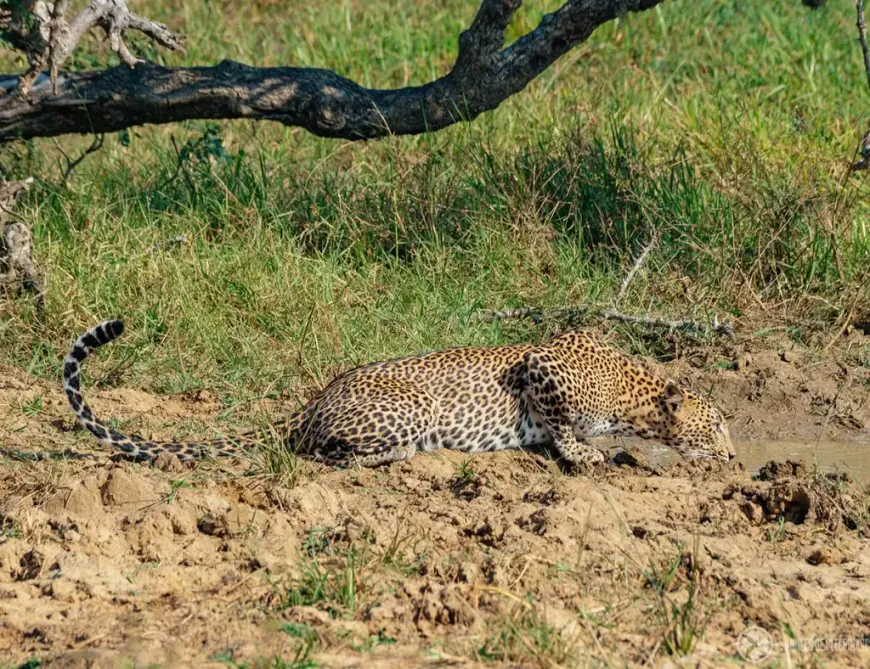
The dry and monsoon seasons in Yala National Park offer distinct advantages and considerations for visitors. Here's a breakdown of the seasonal highlights:
Season Advantages Considerations Dry Season (May-September) - Better visibility for wildlife viewing
- Easier access to different parts of the park
- Ideal conditions for photography
- Higher chances of spotting leopards and elephants near water sources- Higher temperatures (up to 33°C)
- More crowded, especially in July-August due to European summer holidaysMonsoon Season (October-January) - Lush, green landscapes
- Fewer tourists
- Opportunity to see migratory birds
- Unique animal behaviors like elephant mating season in March-April- Challenges in accessibility due to flooded roads
- Reduced visibility of wildlife due to dense vegetation
- Higher chance of rain disrupting safari plansDuring the dry season, animals tend to congregate around water sources, making them easier to spot. The sparse vegetation and clear skies create ideal conditions for wildlife photography. However, the park can get crowded, especially during peak tourist seasons.
The monsoon season transforms the park into a lush green landscape. While this can make wildlife harder to spot, it offers unique opportunities to observe different animal behaviors and see migratory birds. The park is less crowded during this time, allowing for a more serene safari experience. However, visitors should be prepared for potential rain and muddy conditions that may affect accessibility.
In the shoulder season (August to October), visitors can experience a mix of both seasons' characteristics. The vegetation may be thicker, requiring more patience for wildlife spotting, but the crowds are typically smaller than during peak dry season.
Regardless of the season, early morning and late afternoon safaris tend to offer the best wildlife viewing opportunities, as animals are more active during these cooler parts of the day.
-
Wildlife Viewing Calendar
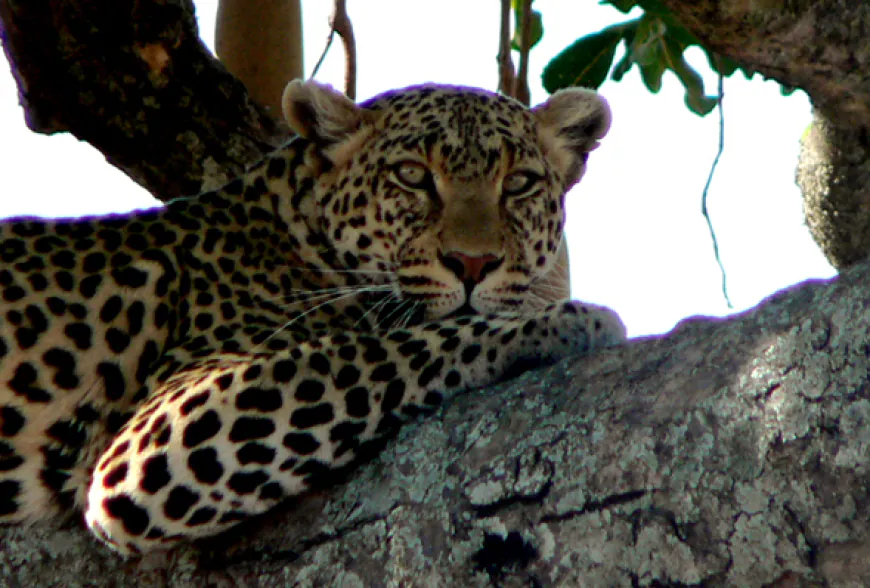
The best times for wildlife viewing in Yala National Park vary depending on the species and seasonal conditions. Here's a breakdown of peak months for animal sightings and important migration and breeding patterns:
Species Peak Viewing Months Notable Behaviors Leopards February - July Most active during dawn and dusk Elephants May - August Gather around waterholes in dry season Sloth Bears April - June Feed on Palu fruit in trees Migratory Birds November - February Arrive from Central Asia and Himalayas Crocodiles October - December Often seen basking in the sun Leopard sightings are most frequent during the dry season from February to July, when lower water levels force them to visit remaining water sources more often. This period coincides with the best overall wildlife viewing conditions in the park.
Elephants are easier to spot from May to August, as they congregate around shrinking water sources during the peak of the dry season. This behavior makes them more predictable and visible to safari-goers.
Sloth bears exhibit interesting feeding behaviors between April and June, when they can be seen climbing Palu trees to feed on the yellow fruit. This provides a unique viewing opportunity for visitors during these months.
The park's bird population swells between November and February with the arrival of migratory species from Central Asia and the Himalayas. This period offers excellent birdwatching opportunities, particularly for enthusiasts interested in diverse avian species.
Breeding seasons also impact wildlife visibility. For instance, elephant mating season occurs in March and April, which can lead to increased activity and interesting behaviors among elephant herds.
It's important to note that while these patterns are generally consistent, wildlife viewing can be unpredictable. Factors such as climate changes, human activity, and individual animal behaviors can all affect sighting opportunities. Additionally, the park is typically closed in September for maintenance, which should be considered when planning a visit.
What's Your Reaction?








































